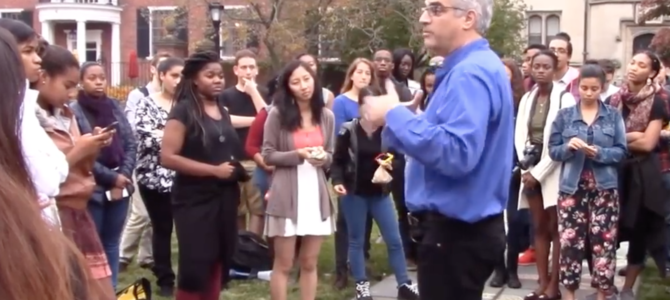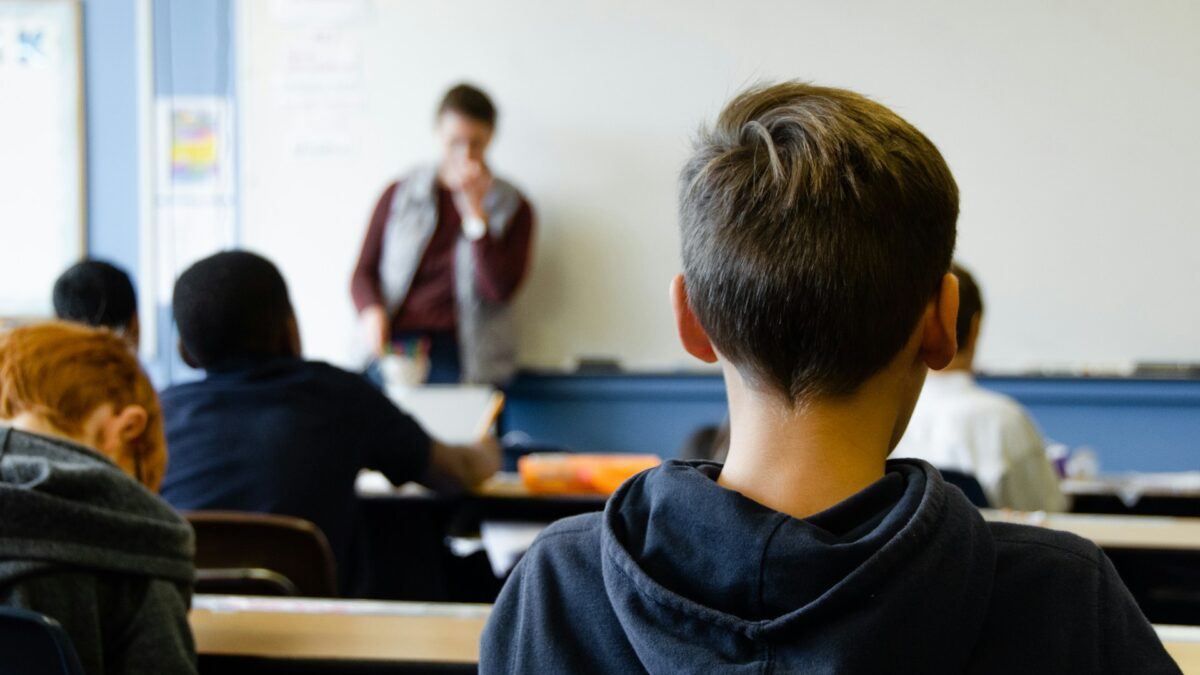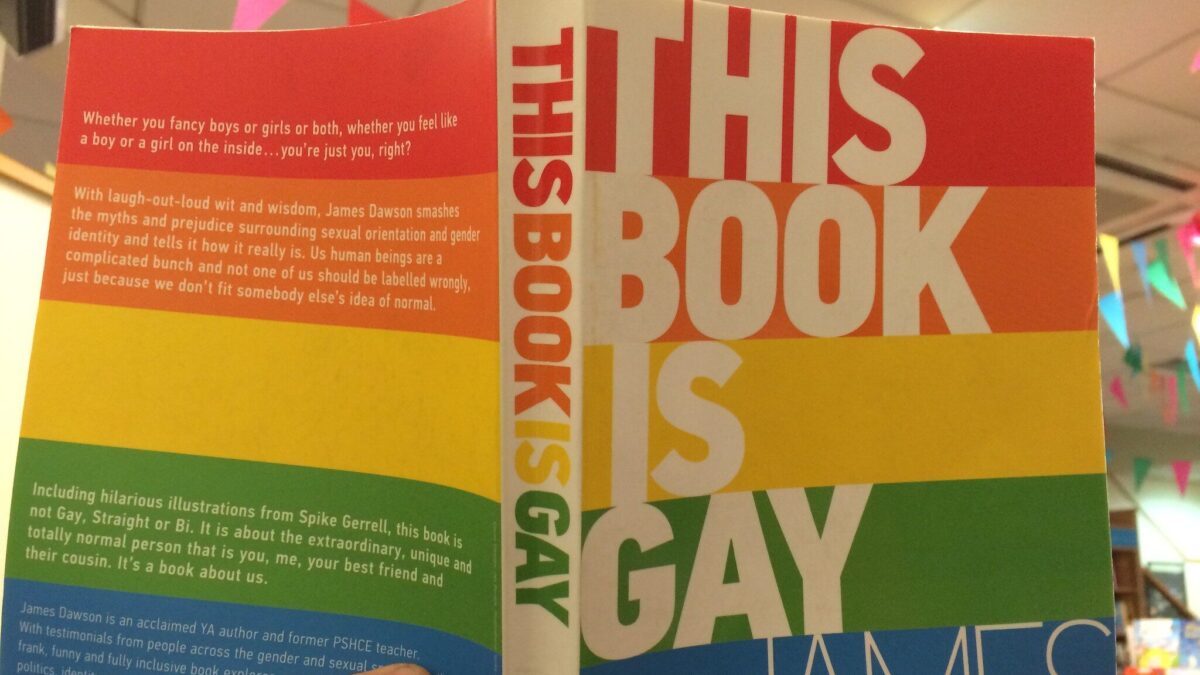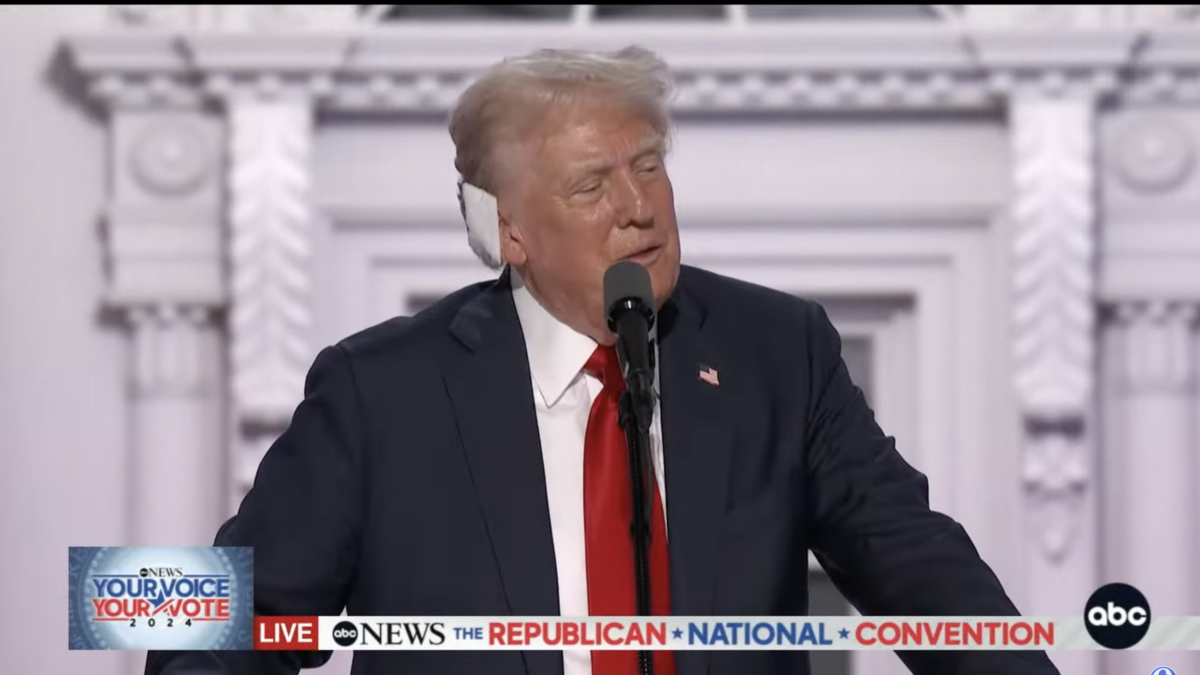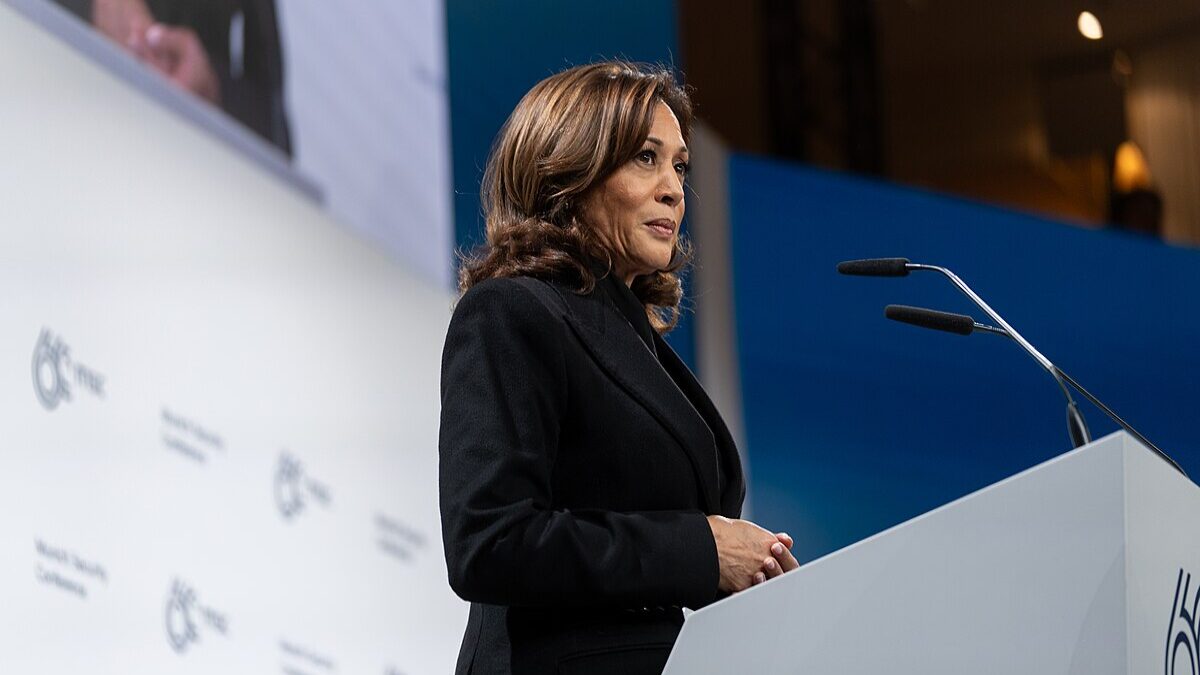Leftist bias in higher education can exist without also suppressing debate. That’s not where the system is today, and it’s difficult to fully understand how a generation is being affected.
Free speech proponents like to wax poetic about the vital importance of open debate, which sounds silly to some folks who believe the threat is merely a figment of conservative media hyperbole. It most certainly is not. While the most viral stories about censorship may seem too wild to be anything but isolated, they actually don’t paint the full picture. What’s more frightening is less tangible.
Conor Friedersdorf reported on a survey of 1,087 University of North Carolina students released this month, writing of “the undergraduates who reported having kept an opinion to themselves in the classroom, even though the opinion was related to the class, because they were worried about the potential consequences of expressing it.”
“Almost 68 percent of conservatives censored themselves in this way, along with roughly 49 percent of moderates and 24 percent of liberals,” he observed from the data.
Having worked extensively with conservative college students, I can say confidently those results could be replicated at many other schools. It’s not just about what happens when debates occur, it’s also about what happens when those debates never occur. For campus conservatives, many of whom have no political aspirations, arguing back is not worth the perceived costs. It’s hard to blame them when perfectly innocuous positions are regularly condemned as bigotry.
But it means dogma and stereotypes go unchallenged. Complex issues go without rigorous study. Progressivism is normalized as the de facto worldview of enlightened Americans. Those are abstract consequences, but that doesn’t minimize their potential effects.
Take the New York Times’s 1619 Project, which the paper is spending big money to advertise. Luckily, historians across the ideological spectrum felt comfortable enough to publicly outline the project’s many factual errors and fundamental flaws. (Not that the Times seems to care.) But it’s exactly the thing students are taught to swallow without question in classrooms, and exactly the thing students would feel uncomfortable challenging. Its creator’s reaction to good-faith disagreement is also exactly why.
We don’t fully know how this environment has shaped a generation of graduates. Judging by reporting on major companies and media outlets, some young employees seem to want their workplaces to replicate the ideological culture of their campuses—progressive by default, openly intolerant of dissent. None of this will make our political discourse any healthier.
What’s troubling is that without the far left ceding the point that dissent is necessarily bigotry, dissenting students will remain silent. Unfortunately, that position is increasingly central to their worldview.
